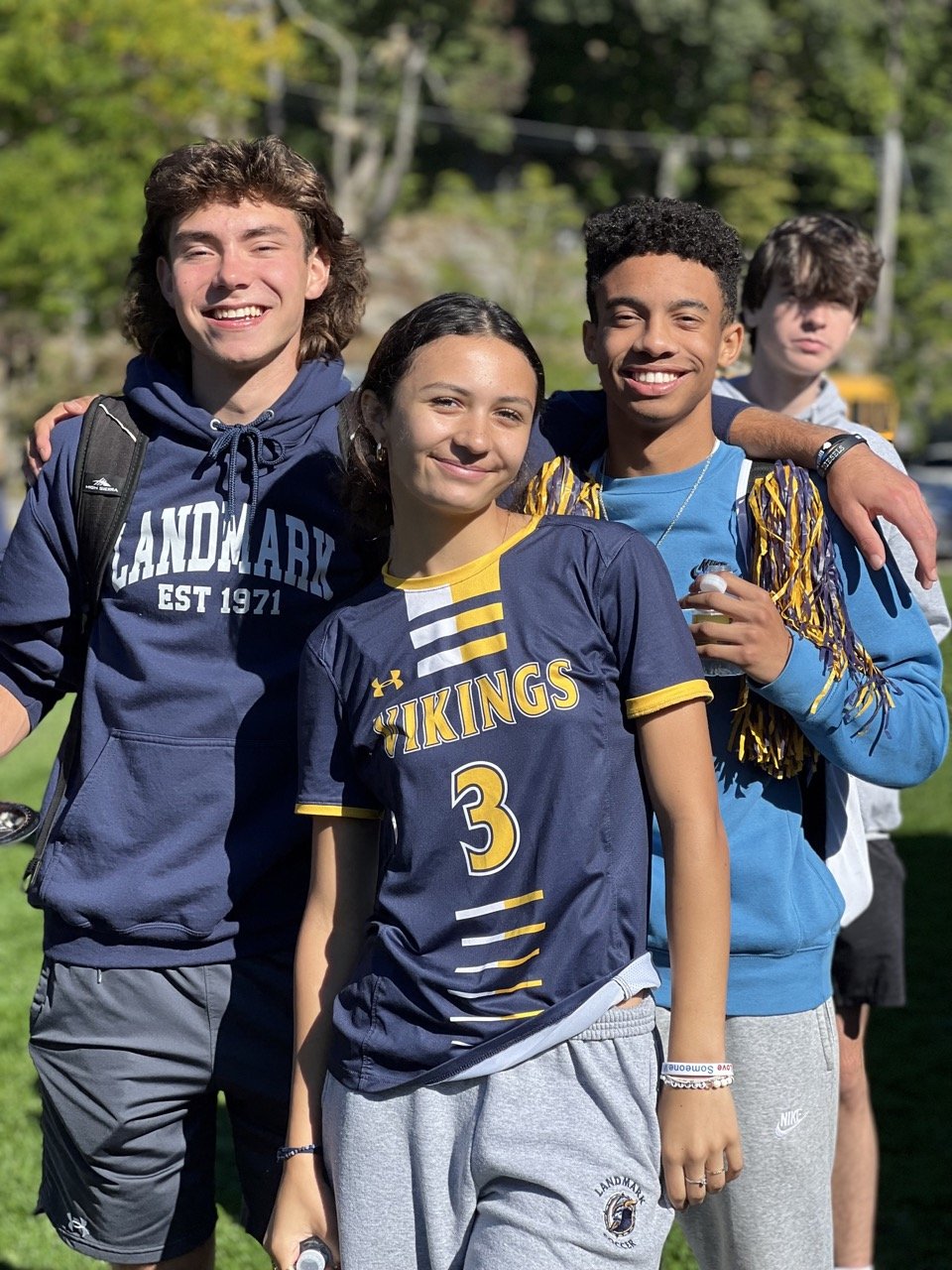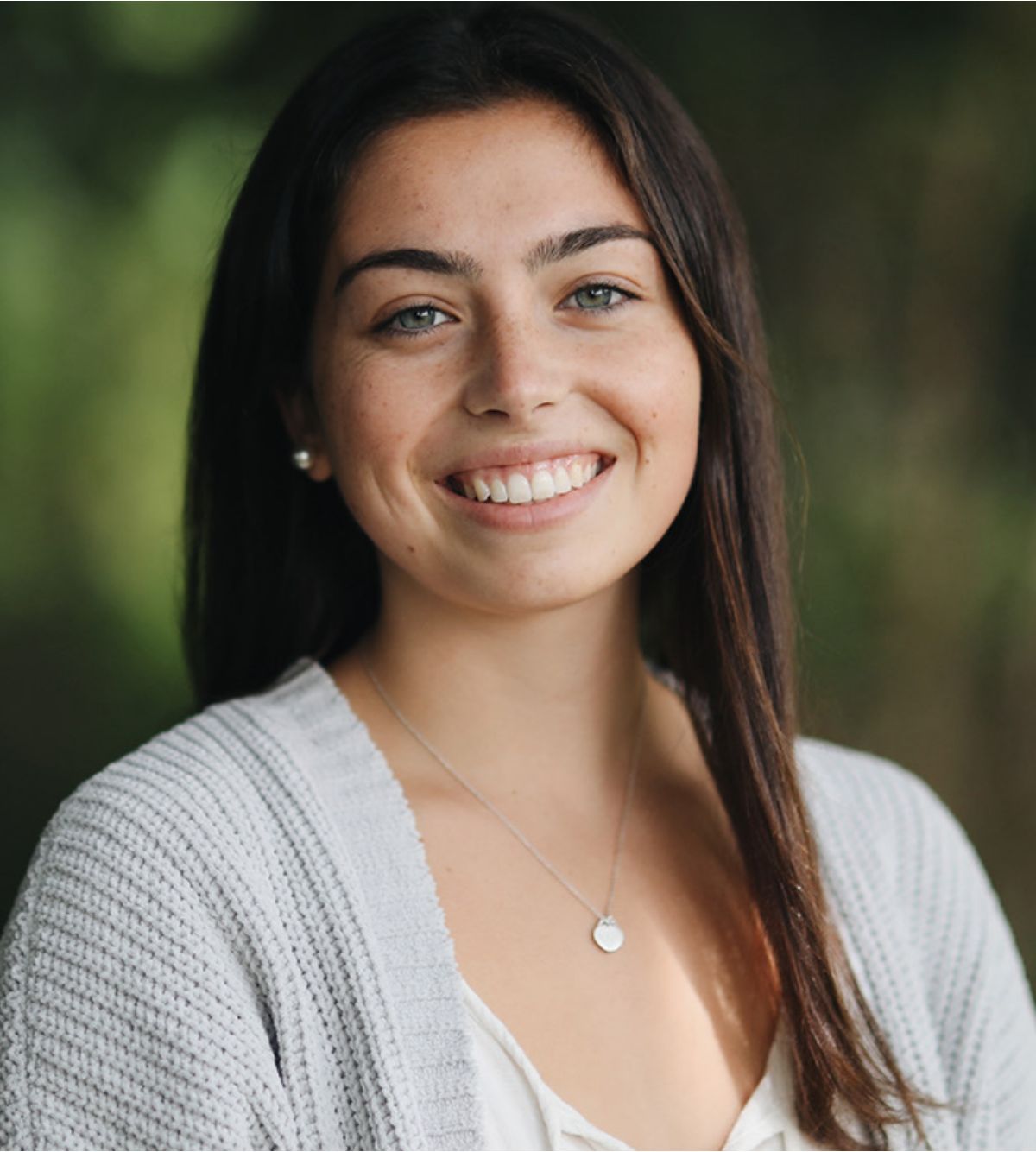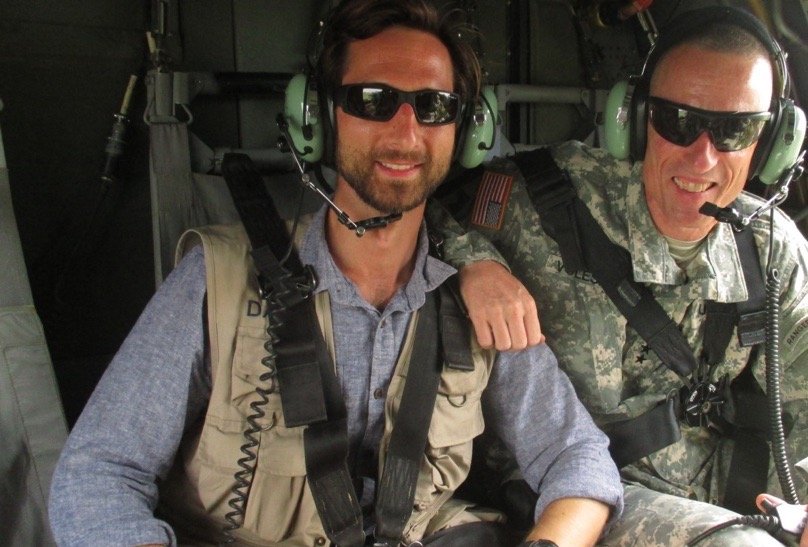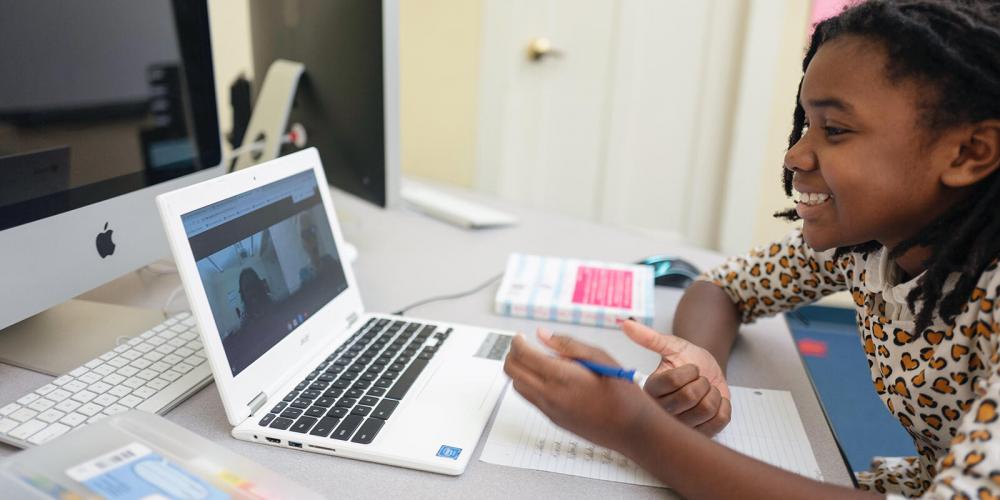- Our School
- Our Advantage
- Admission
- Elementary•Middle School
- High School
- Summer
- Giving
- Parent Resources
- For Educators
- Alumni
« Back
Landmark Celebrates Black History Month
February 1st, 2021
Teachers on both the Elementary•Middle and High School campuses are celebrating Black History Month by incorporating lessons on a variety of perspectives of Black history in America into their curriculum.
At the High School, administrators have asked faculty members to spend several days in February discussing events, concepts, or leaders connected to Black history. They will connect the lessons learned, obstacles faced, losses suffered, or victories celebrated to the world students are currently living in.
"The similarities can be disheartening, but we can also help students feel empowered to develop their own point of view and learn how to effectively participate in our democracy," said Ariel Martin-Cone, assistant dean of students.
Landmark's Diversity, Equity, and Inclusion Committee provided students an explanation of Black History Month:
"Black History Month is an opportunity to recognize and appreciate the contributions and struggles of Black people throughout the history of the United States. Its existence acknowledges the erasure of Black stories in mainstream understandings of American history. Black History Month pushes us to reeducate ourselves on our past and to reexamine our present and future."
The History Department developed lesson plans for teachers and tutors to use with students during Black History Month. The lessons focus on milestones and leaders of the Civil Rights Movement. Librarian Amy Veling curated a list of recommended books, short stories, and other resources for both students and faculty. Titles and links to buy the books are below.
- Black Enough: Stories of Being Young & Black in America
- Flying Lessons & Other Stories
- Fresh Ink
- The Guide for White Women Who Teach Black Boys
- Open Mic: Riffs on Life Between Cultures in Ten Voices
- Our Stories, Our Voices: 21 YA Authors Get Real About Injustice, Empowerment, and Growing Up Female in America
At the Elementary•Middle School, teachers featured Black History Month content during Morning Meeting and in class. They showed videos that highlight contemporary or historical figures. Middle School Oral Expression/Literature classes learned about Amanda Gorman, the 22-year-old poet and activist who delivered her poem, "The Hill We Climb," at the 2021 inauguration of President Joe Biden.
Science
Middle school science classes looked at the contributions of Black trailblazers in the field of medicine and medical research, which coincided with the start of the Human Body unit.
Elementary science classes, while studying a unit on weather, learned about June Bacon-Bercey, a Black meteorologist pioneer who was an expert on weather and aviation.
Social Studies
Middle School teachers incorporated Black History Month into their lessons based on their curriculum, interests, and developmental level of their students. Examples include a unit on Black founders of the nation, researching important historical figures, studying the African-American influence music development, and the causes of the Civil War.
Students in Freddi Triback’s Social Studies and Kids Around the Globe classes read Meet 52 Black Heroes From Past and Present: Young, Gifted and Black, by Jamia Wilson, and watched supplemental videos to bring contemporary and historical figures to life.
"In our Beatles/teenager theme we delved into how white artists, such as Pat Boone, covered songs by Black musicians and writers and didn’t give credit or compensation to the original Black artists. We also learned that the term ‘Rock and Roll’ was created by DJs to hide its black origins. We also watched a video on the Beatles refusing to play to a segregated audience."—Jerry Smith, Middle School Social Studies teacher.
Language Arts
Ally Gnoza's students focused on the three "hidden figures" of NASA: Katherine Johnson, Dorothy Vaughan, and Mary Jackson, who worked as human computers to help get the U.S. to the moon. They discussed segregation and racism within the space program in general.
Oral Expression/Literature
Martha Heddon's classes did a "what did you notice, what did you wonder activity" after watching recordings of Amy Conant's classes reciting portions of Martin Luther King, Jr.'s "I Have a Dream" speech.
Many Elementary School classes learned about Time Magazine Kid of the Year Honoree, Bellen Woodard, who is known for her “More Than Peach” project, which “uses crayons as a way to tackle perceptions about skin colors among children”.
While EMS celebrates Black History Month in February, the ultimate goal is to make a larger shift of showing Black history and people, as well as other diversity, throughout the year.
Posted in the category High School.
Recent Articles
- 05/14/24Dungeons and Dragons and EMS
- 05/10/24Landmark Students as North Shore Honors Scholars 2024
- 05/10/24Auto Students to the Rescue
- 05/10/24High School Internships: Bridging Classroom Learning with Real-World Experience
- 05/10/24Landmark 2024 Scholastic Art and Writing Award Winners
- 05/9/24Imagination at EMS Knows No Bounds
- 05/8/24Eighth Grade Visits D.C.
- 05/6/24Pursuing the Practical Arts
- 05/3/24Dominating on the Water
- 05/3/24Butterflies Fly Free at EMS








.jpg?v=1652115432307)









